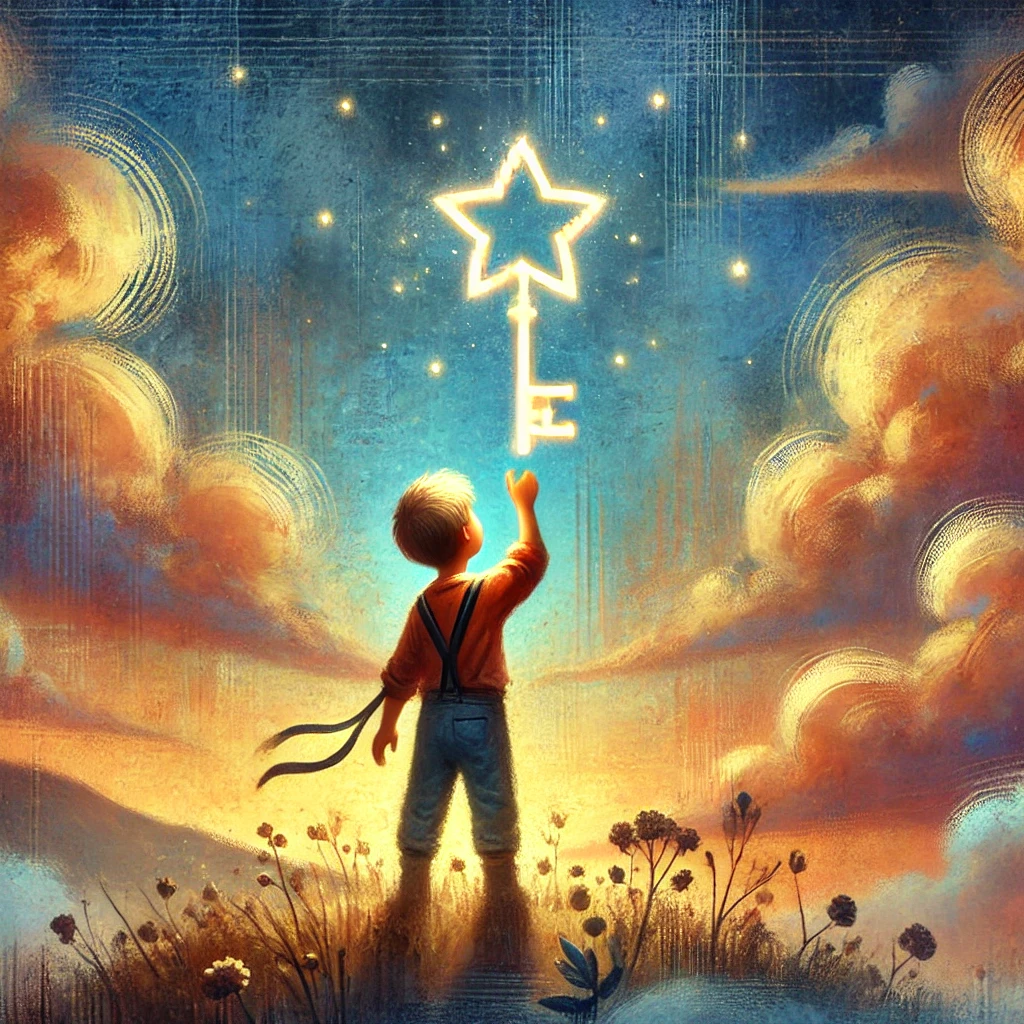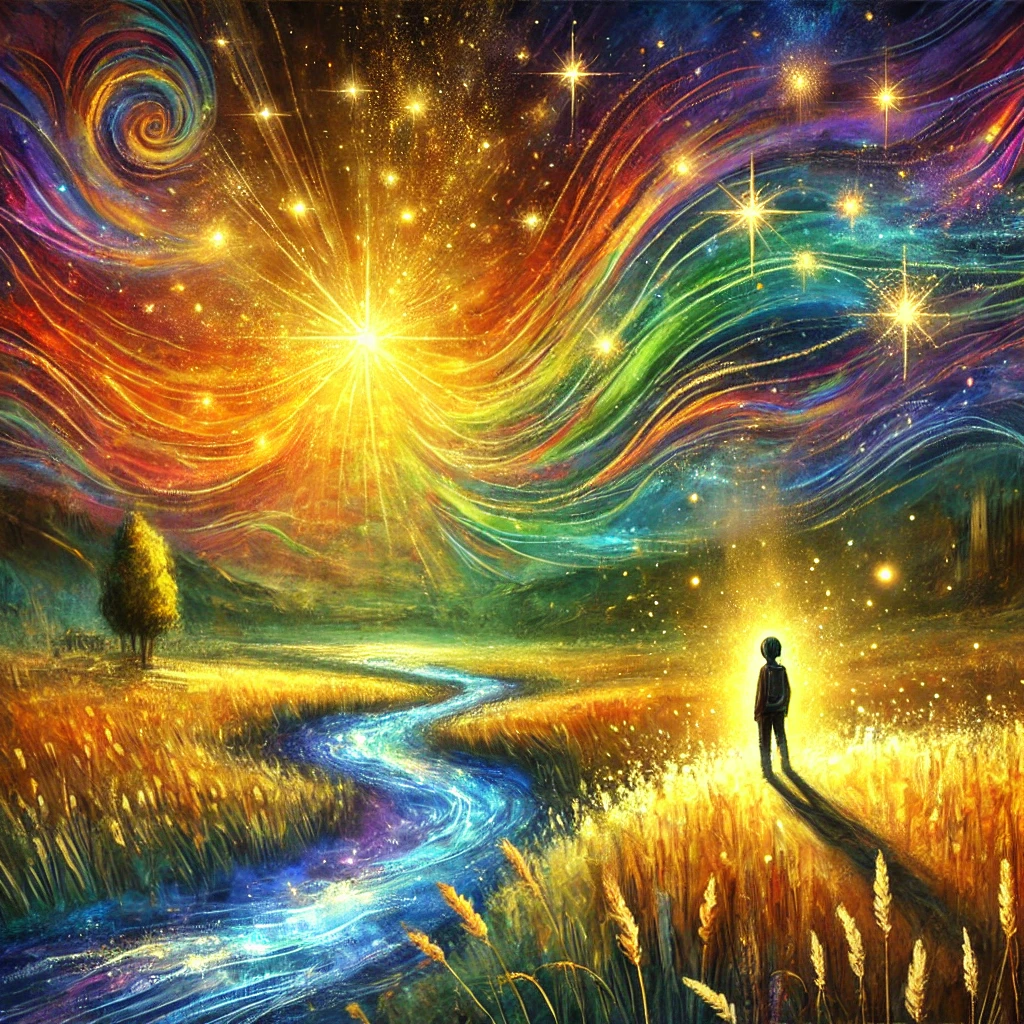A Follow-Up to “What Americans Fear Most”
In the recent exploration of “What Americans Fear Most,” we uncovered a staggering truth: fear isn’t just a passing shadow in American life; it’s a constant companion. From corruption and illness to global threats, the fears shared by over half of the population reveal a nation grappling with uncertainty on every level. Yet beneath these specific fears lies something deeper, universal—the ego’s core fear of annihilation, the driving force behind its every action.
Podcast Discussion
This follow-up article isn’t about fixing fear or offering quick solutions. Instead, it’s about stepping into the storm with curiosity and courage. Fear, when faced, has the potential to be a powerful teacher, a guide to understanding what we value, protect, and resist. For coaches and those working with clients, fear isn’t just an obstacle; it’s an invitation to transformation. The following insights and practices are designed to help you work with fear—whether your own or your clients—and uncover the possibilities it holds for growth and self-discovery.
Where your fear is, there is your task.
Carl Jung
Let’s move beyond simply managing fear and learn how to engage with it as a partner toward deeper awareness.

Turning the Shadow into a Guide
- Start by Meeting Fear Eye-to-Eye
Invite your client to sit with their fear, no running, no hiding—just presence. Ask them to imagine fear as a guest who’s knocked on their door. What does it look like? Sound like? What’s its first demand? Suddenly, fear becomes tangible, not just a formless terror, and you’ve shifted the game from victim to participant. - Build a Sanctuary, Not a Fortress
The work begins with trust—not in solutions, but in the space you hold together. Let them know this is where the fear can unravel and be messy and raw. Show them that the walls of this sanctuary don’t need to block fear out but can hold it safely inside for exploration. - The Question That Stops the Spin
When fear circles like a vulture, ask the kind of question that brings it to a halt: “What’s the worst thing fear is protecting you from?” or “If this fear were a story, who’s writing the ending?” These aren’t quick fixes. They’re lit matches dropped into a dark cave—watch what lights up. - Make Fear an Ally, Not an Enemy
Ask them to imagine fear not as an intruder but as a messenger with ancient wisdom. What does it want them to see? What treasure is buried beneath its warnings? This reframing can transform the energy of fear from resistance to curiosity. - The Body Never Lies
Let them feel the fear—not just name it, but physically track it. Is it clenching in the chest, burning in the belly? Breathe with it, let it swell, then see what happens when they stop fighting. The body knows what the mind fears to confront. Let it guide the way out. - Steal from the Mystics
Borrow the words of those who’ve walked through the fire. Share Rumi’s whisper: “Try not to resist the changes that come your way… the rose came from the thorn.” Or Buddha’s stark truth: “Fear does not prevent death. It prevents life.” These aren’t just quotes—they’re handholds in the climb. - Show Them Fear Is a Mirror
Fear isn’t random; it’s precise. Reflect it to them: “What does this fear say about what you value most?” or “If this fear disappeared, what might you have to confront instead?” Let them discover that fear doesn’t just obscure—it also reveals. - Harness the Energy of the Dragon
Fear is raw power, pure electricity. Show them how to ride it instead of shrink from it. Breathwork, movement, or even shouting into the void—turn the static charge of fear into momentum. It’s not about suppressing it but learning to dance with it. - Play with Paradox
What if fear isn’t a problem to solve but a mystery to inhabit? Challenge them: “What if this fear isn’t asking for resolution but understanding?” Let the paradox sink in—sometimes the way out is not out but deeper. - End with the Unfinished Story
Leave them this: “Fear will visit again—it always does. But each time, it teaches you more about what it means to live.” Let them ponder this: fear isn’t the enemy of courage. It’s the doorway to it.

















